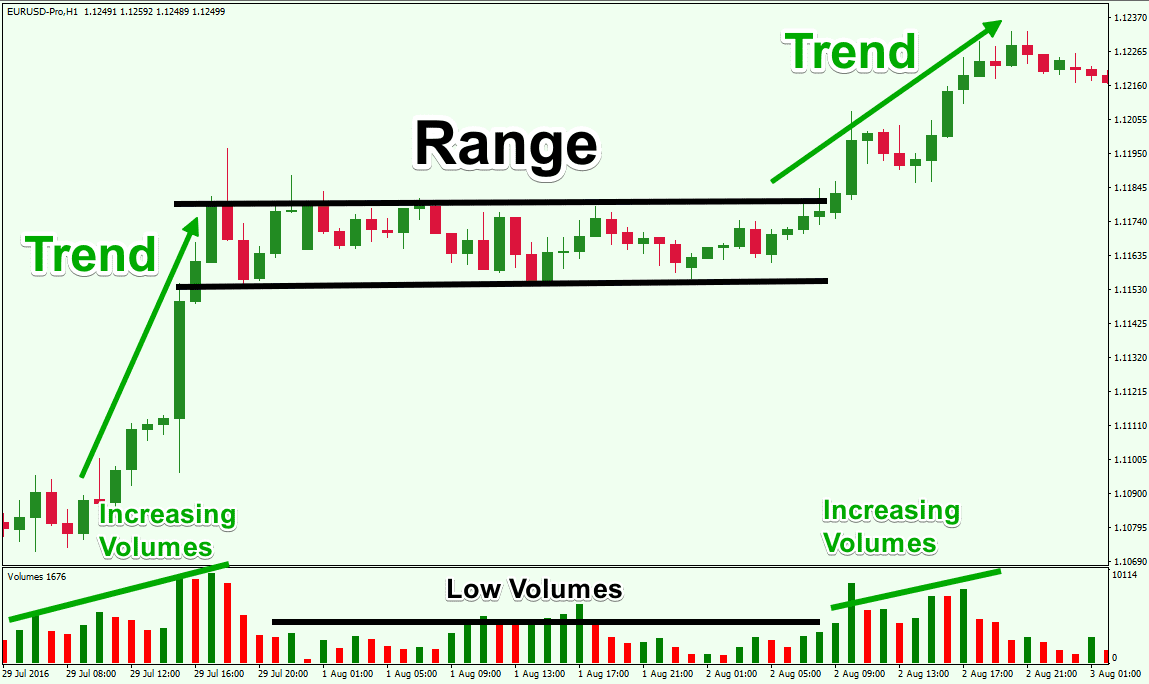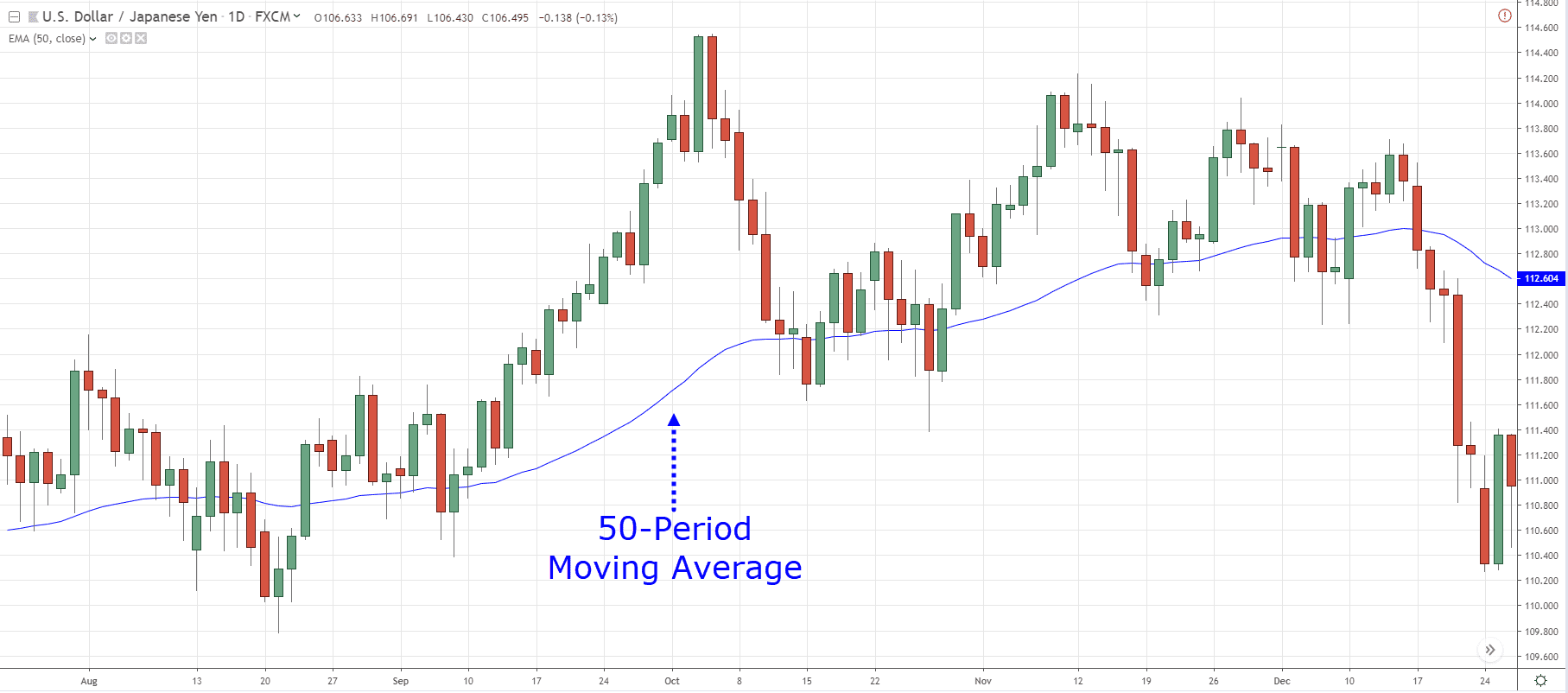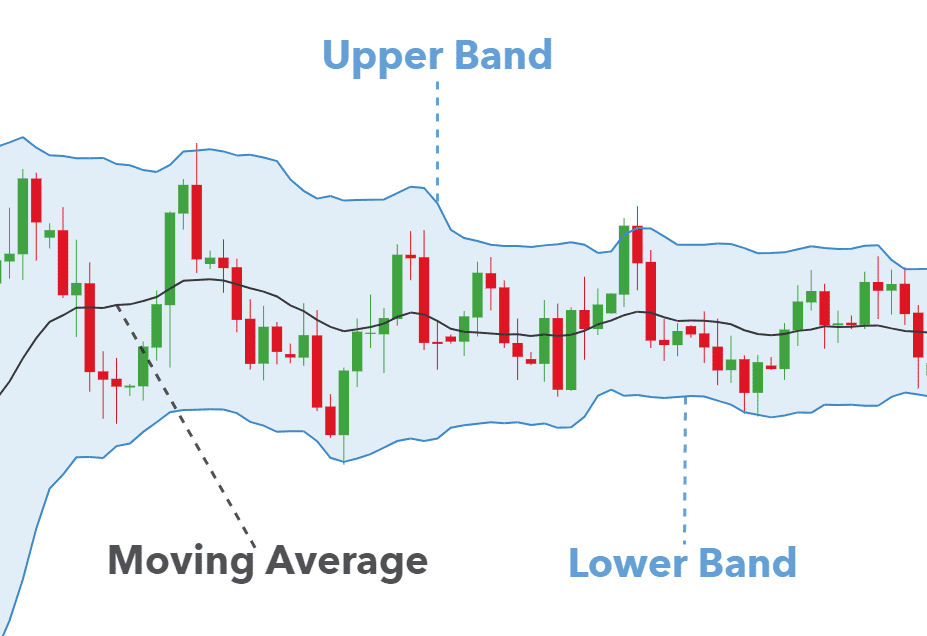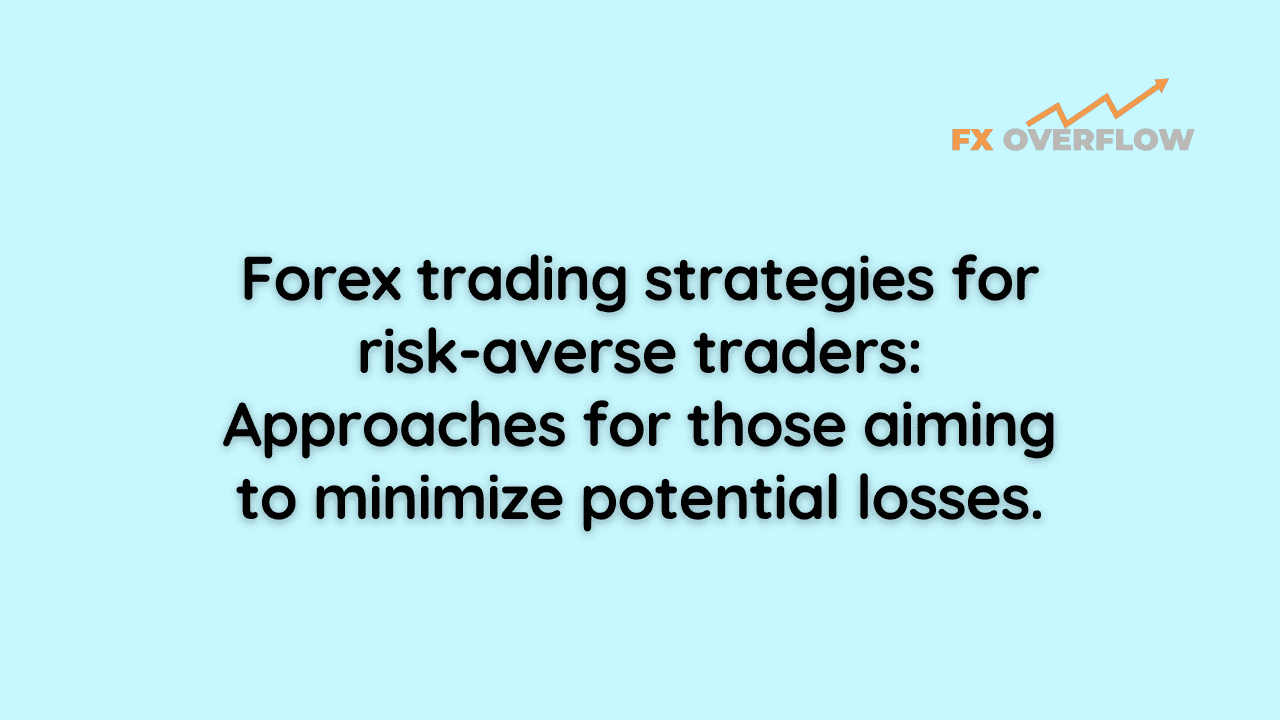Forex trading strategies for risk-averse traders: Approaches for those aiming to minimize potential losses.
Forex trading can be a thrilling venture, but it's not without its share of risks. For risk-averse traders, the goal is to navigate the market with caution, prioritizing capital protection while still aiming for profits. In this comprehensive guide, we'll explore a variety of strategies designed to help those who are keen on minimizing potential losses in Forex trading.

Table Content
1. Understanding Risk-Averse Trading
2. Key Principles for Minimizing Losses
3. Strategies for Risk-Averse Traders
4. Tools and Indicators
5. Risk Management Mindset
6. Footnote
7. FAQs
Understanding Risk-Averse Trading
Before delving into specific strategies, let's grasp the concept of risk-averse trading. Essentially, risk-averse traders prioritize the preservation of their trading capital over the pursuit of high returns. While they may not seek out extreme profits, their aim is to navigate the market in a way that avoids substantial losses. This approach is particularly suitable for individuals who are new to trading or those who prefer a steadier, more conservative investment path.
Key Principles for Minimizing Losses
1. Diversification: Spread Your Risk
Diversifying your portfolio is like not putting all your eggs in one basket. Invest in different currency pairs and even across other asset classes to spread your risk. Remember, a loss in one trade won't spell disaster for your entire portfolio.
2. Risk-Reward Ratio: Calculated Gains
Maintain a favorable risk-reward ratio. This means the potential profit of a trade should outweigh the potential loss. A common rule of thumb is a 2:1 ratio, where your potential profit is twice the amount you're willing to risk.
3. Use of Stop-Loss and Take-Profit Orders
Implement stop-loss and take-profit orders for every trade. A stop-loss order limits potential losses by automatically closing a trade when the market moves against you. A take-profit order locks in profits when the market moves in your favor.
Strategies for Risk-Averse Traders
a) Swing Trading: Capitalizing on Short-to-Medium Trends
Swing trading involves holding positions for several days to weeks, capitalizing on price movements within short-to-medium trends. This approach allows risk-averse traders to avoid the stress of monitoring markets constantly.

b) Trend Following: Riding the Market Momentum
Trend following entails identifying and riding established market trends. Risk-averse traders can benefit from this approach by joining the prevailing market sentiment rather than attempting to predict market reversals.

c) Range Trading: Profiting in Sideways Markets
Range trading involves identifying support and resistance levels and executing trades within these boundaries. This approach is suitable for risk-averse traders during periods of market consolidation.

Tools and Indicators
I. Moving Averages: Smoothed Insights
Moving averages provide a smoothed representation of price trends over a specific period. Risk-averse traders often use these to identify trends without getting caught up in short-term fluctuations.

II. Bollinger Bands: Gauging Market Volatility
Bollinger Bands help measure market volatility. They consist of a moving average and two bands that indicate potential price volatility. Risk-averse traders can use these bands to assess the potential risk of a trade.

Risk Management Mindset
a) Emotional Discipline: The Trader's Best Friend
Maintaining emotional discipline is crucial for risk-averse traders. Emotional decision-making can lead to impulsive trades and unnecessary losses. Stick to your strategy and stay rational.
b) Demo Trading: Practice Without Risk
Before diving into the live market, practice your strategies using demo accounts. This allows you to gain experience without risking real money.
Footnote
In the exciting world of Forex trading, risk-averse traders can navigate the markets with confidence by implementing a combination of strategies and techniques. Remember, the goal is to minimize potential losses while still aiming for reasonable profits. By diversifying, following trends, and utilizing effective risk management tools, you can build a strong foundation for success in Forex trading.
FAQs
Q1. Is Forex trading suitable for risk-averse individuals?
A: Absolutely. Forex trading offers various strategies that cater to risk-averse traders' preferences for minimizing potential losses.
Q2. What is the most effective risk-to-reward ratio?
A: While ratios can vary, many traders find success with a risk-to-reward ratio of 2:1. This means aiming for twice the potential profit compared to the potential loss.
Q3. Can I trade Forex with a small account?
A: Yes, but it's crucial to manage your positions and risks carefully. Start small and gradually scale up as you gain experience and confidence.
Q4. How do I control my emotions while trading?
A: Emotional control comes with practice. Stick to a well-defined strategy, and remind yourself of your long-term goals to avoid impulsive decisions.
Q5. Are there trading platforms that offer demo accounts?
A: Yes, most reputable Forex brokers provide demo accounts. These accounts allow you to practice trading without using real money, helping you refine your strategies.











Discussion